Best laptop for accounting of 2024
Crunching the numbers with the best laptops for accounting
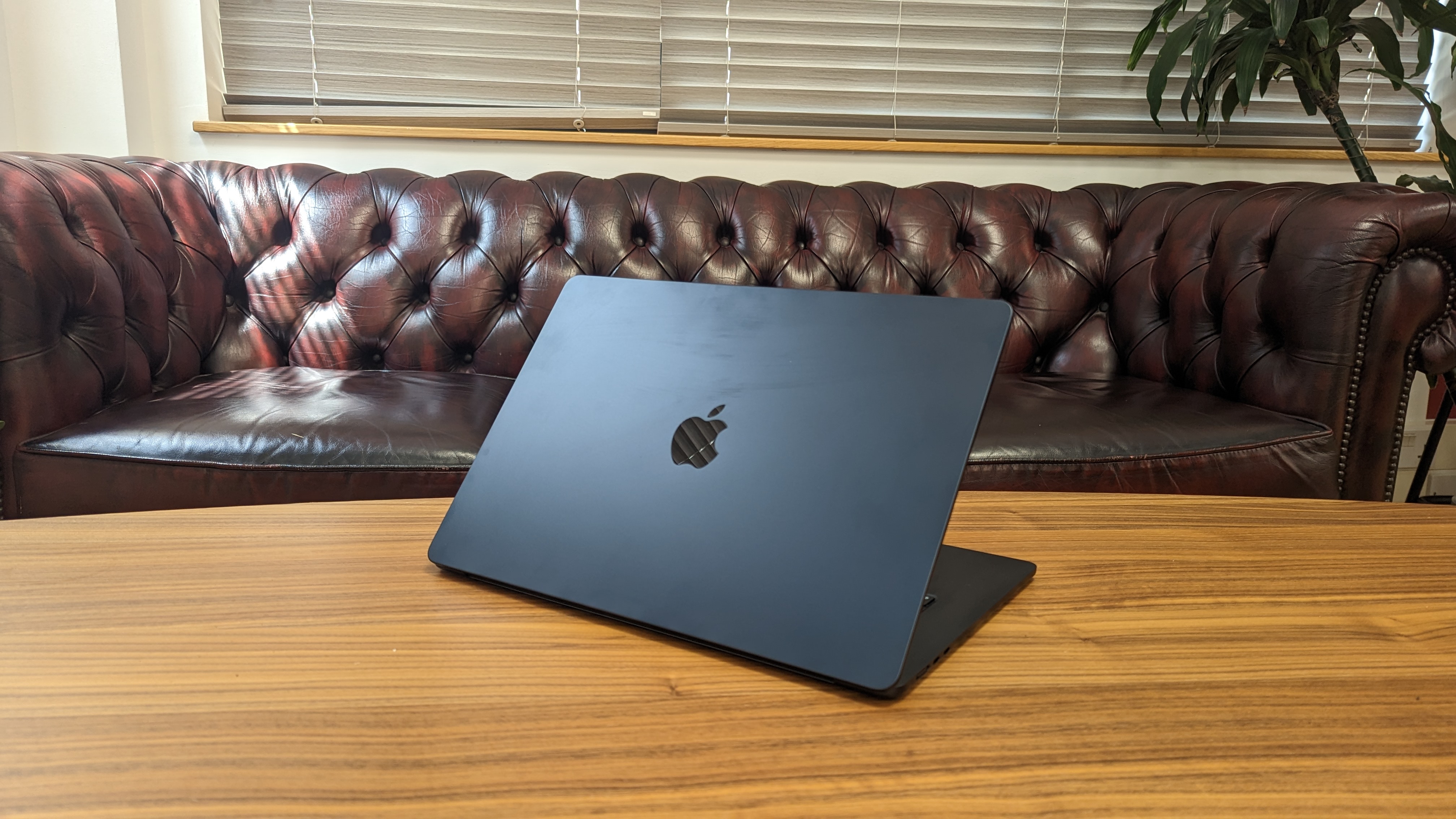
The list in brief
1. Best overall
2. Best Windows
3. Best on a budget
4. FAQs
5. How to choose
The best laptops for accounting excel at multi-tasking, speed, and lag-free performance - whether you’re running software like QuickBooks, Excel, or even web-based accounting apps like Feshbooks.
Generally speaking, the best accounting laptops aren’t packed with top-end graphics cards and ultra-detailed 4K displays. Any accountant or small business owner will know the pain of juggling multiple tabs, placing a strain on system resources and, frustratingly, slowing down the entire workflow. So, the real focus is on the CPU - it’s that processing power that gives you the ability to work at your pace.
But with so many different laptops for accountants on the market, it can be difficult to know where to start. That’s why we’ve put the best laptops for accounting to the test. As part of our rigorous review process, we’ve gone crunched the numbers for all the best business laptops, comparing specs and benchmarking performance to identify the top accounting laptops.
Quick List
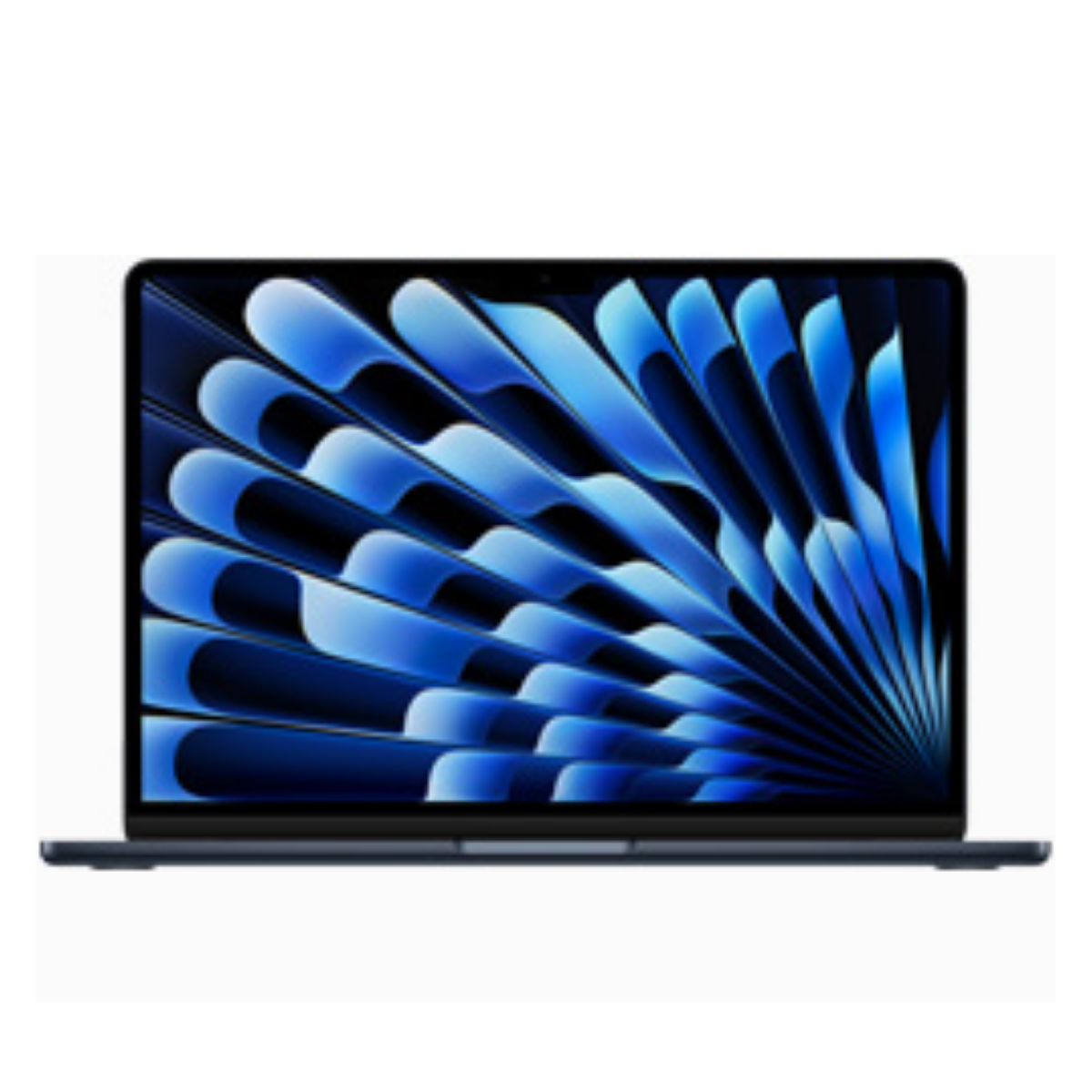
A lightweight, intensely powerful machine with a beautiful 15in display that makes poring over spreadsheets a delight.
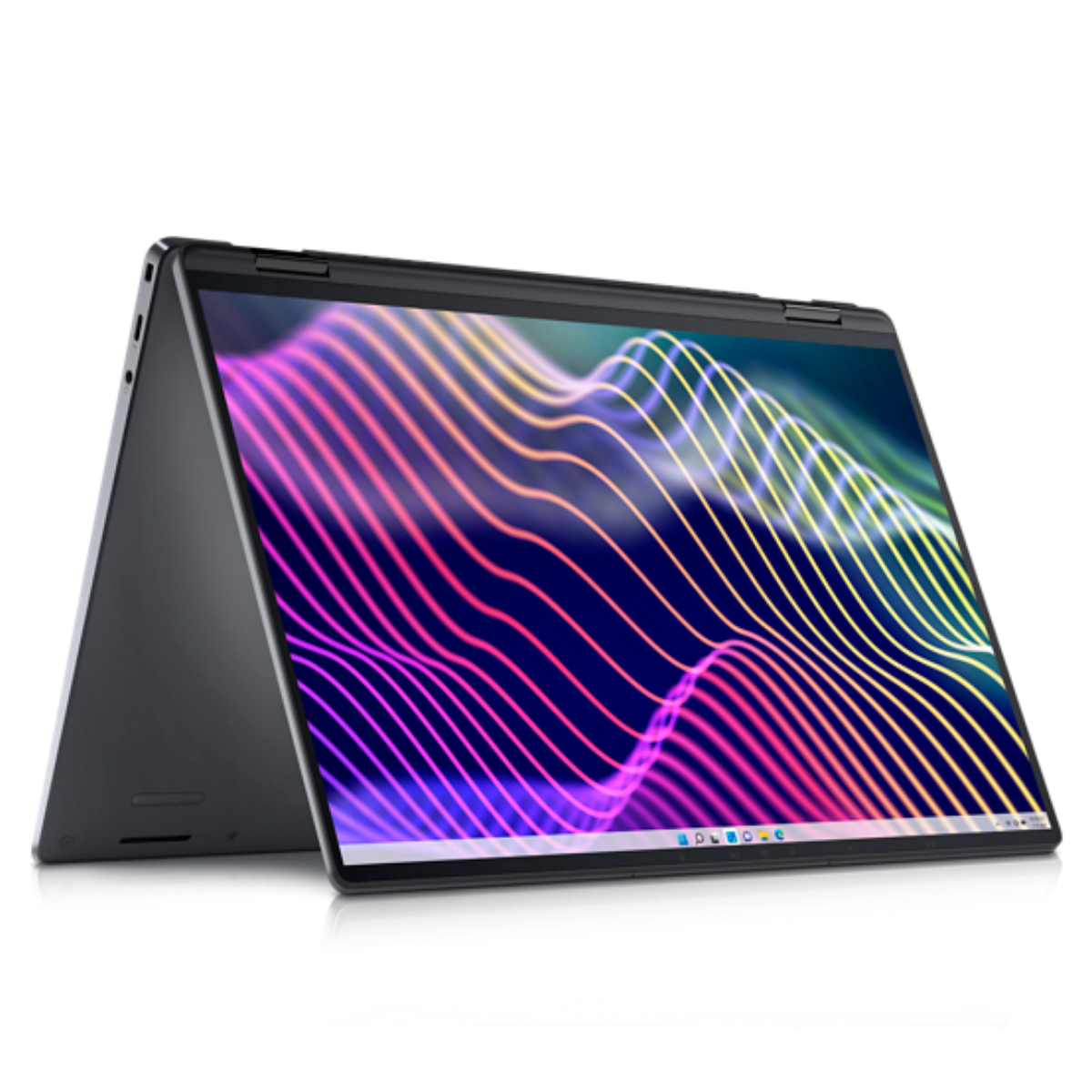
Arguably one of the best business laptops today, with a high-resolution, near bezel-less border display that gives the screen room to breathe.
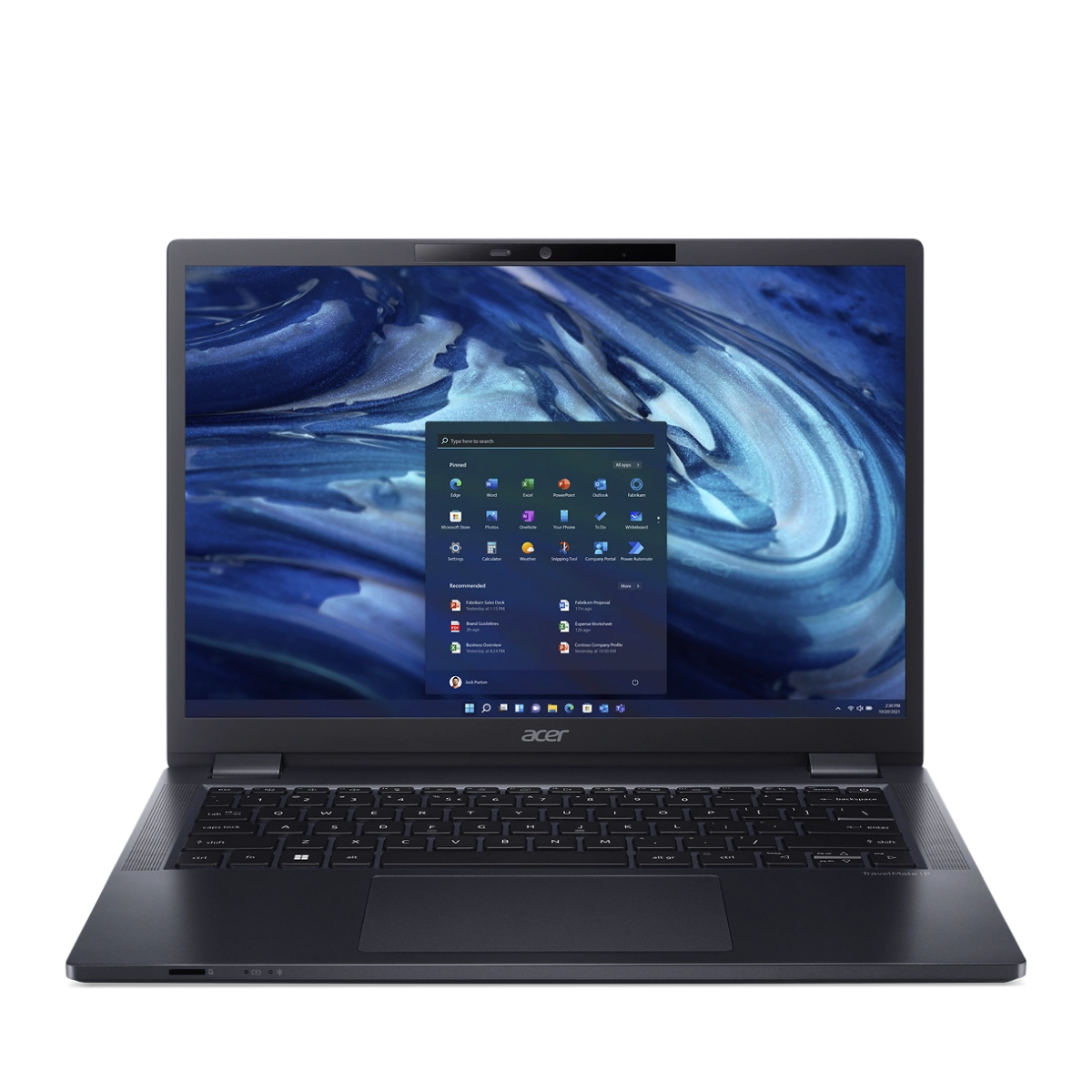
A great all-rounder, this general purpose machine is light, fairly powerful for the price, with a decent FHD screen for work.
Best laptop for accounting of 2025 in full:
Why you can trust TechRadar
Best laptop for accounting overall

Specifications
Reasons to buy
Reasons to avoid
In our in-depth review of the latest 15" M2 MacBook Air we lamented that it doesn't offer much above and beyond the model with the 13" screen. While this may be true, those extra two inches or so can make all the difference when poring over spreadsheets on the breathtaking Liquid Retina Display.
The basic model includes an 8-core CPU and 8GB of unified memory. This is more than sufficient to handle a web browser with multiple tabs and/or the latest accounting software. Still, the bundled 256 GB SSD may not be enough for storing years of financial archives which is why you may prefer to upgrade to the 512 GB model. Even if you do this, the MacBook Air comes to just $1499, which stacks up very respectably compared to other laptops for accounting software.
If you enjoy accounting in the field, this is definitely a machine to consider as our tests showed the battery could handle around 19 hours of normal use, no doubt due to the way in which the M2 chip balances power and performance. We had less joy when performing more intensive tasks like playing a full HD video (around 5 hours) but it's very unlikely that accounting software would be as draining on the battery as a movie.
Aside from the number of financial tools which are now web-based, there are macOS versions of popular accounting software such as QuickBooks and KashFlow.
Still, the Mac versions of these tools may not have identical features to those found in Windows versions. Some accounting software such as 'Sage 50' is also Windows-only (though there's a cloud-based alternative).
If you're seriously considering a MacBook Air for your accounting needs, make sure to check all the features you need are supported before buying.
Read our full MacBook Air 15-inch review.
Best Windows laptop for accounting
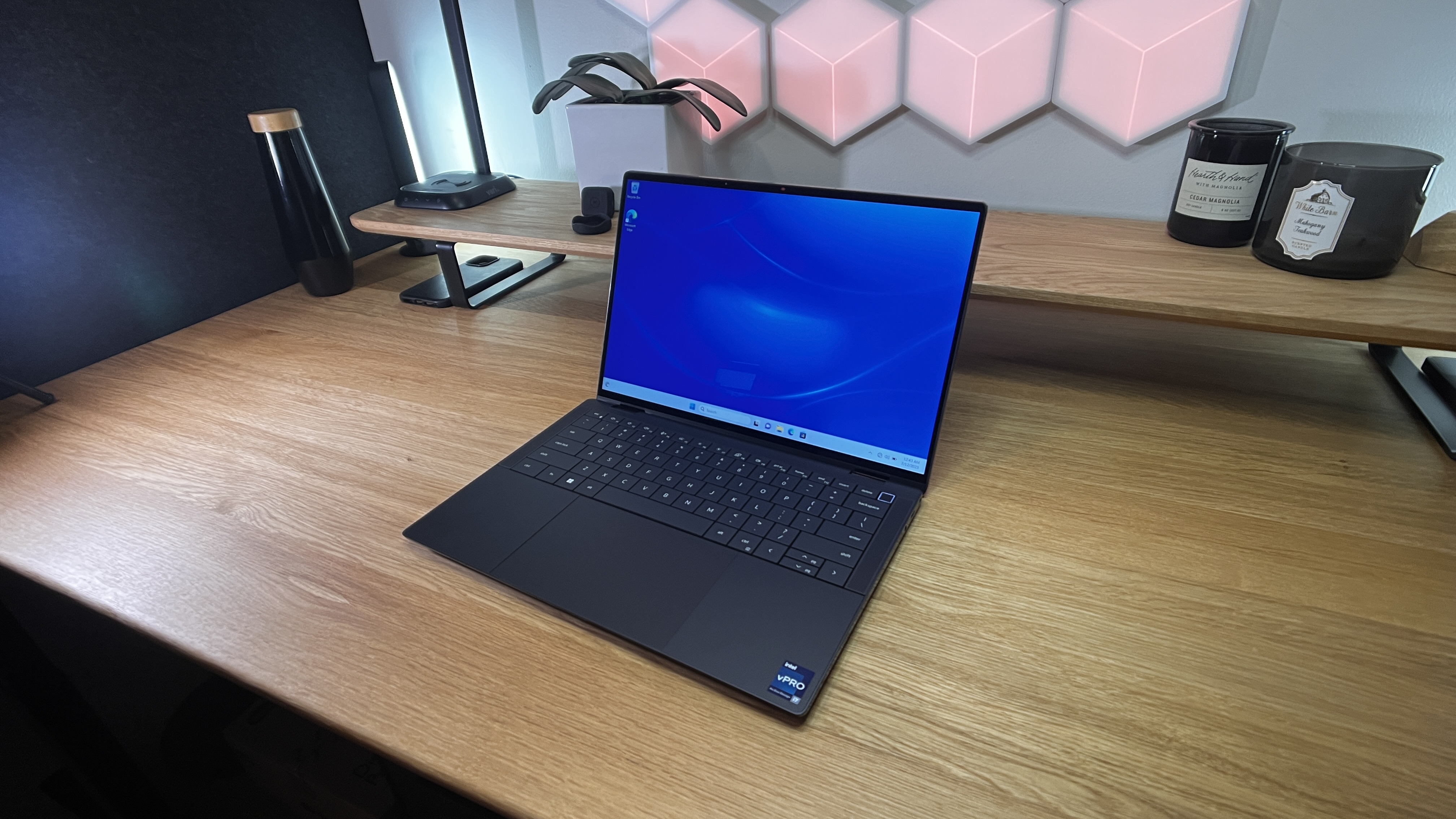
Specifications
Reasons to buy
Reasons to avoid
When we reviewed the Dell Latitude 9440 earlier this year, we noted that it could very well be one of the best business laptops on the market today.
This could be in part to the fact the display has a minimal bezel and 16:10 resolution, making it perfect for reviewing spreadsheets, presentations and inputting figures into your accounting software. It actually feels a lot bigger than it is, due to the high-resolution screen and almost bezel-less borders.
The listed specs here represent the maxed out model but the base configuration is actually already quite respectable. For your $1919 you'll get a 13th Gen Intel Core i5-1335U CPU with a 12 MB cache and 10 cores, as well as 16 GB of LPDDR5 RAM. This is more than sufficient for both tackling cloud-based accounting platforms and every financial software program we can ever remember reviewing.
Our expert reviewer also praised the larger touchpad, as well as the Latitude's ability to stay connected to multiple networks. This may be particularly important if you need to view real time financial data like exchange rates.
Our tests didn't include battery life but from examining other online reviews we see there are some concerns. One series of tests showed the Latitude lasted an average of 11 hours when surfing via WiFi, which is comparable to the kind of use you'd see when using accounting software. This is respectable, though far behind the more reasonably priced Macbook.
The default 256 GB SSD may not be suitable if you're managing the accounts for a large organization and/or want to keep extensive archives. Upgrading it is also quite expensive, as a 512 GB SSD will set you back an extra $400 - twice what Apple charges for doing the same with a Macbook Air.
One workaround to this extra expense would be to attach a suitable external SSD drive but if you do so, bear in mind this model of Latitude has only 3 Thunderbolt/USB-C ports and minimal legacy ports. You can expand this with a reliable laptop dock, but that will further increase the (already rather high) price.
On the plus side, the Latitude comes with Windows 11 Pro preinstalled, giving you the best guarantee that it will be compatible with most types of accounting software. This, plus the Latitude's phenomenal performance during our review are the best reasons to consider it for your accounting needs.
Read our full Dell Latitude 9440 2-in-1 review.
Best laptop for accounting on a budget
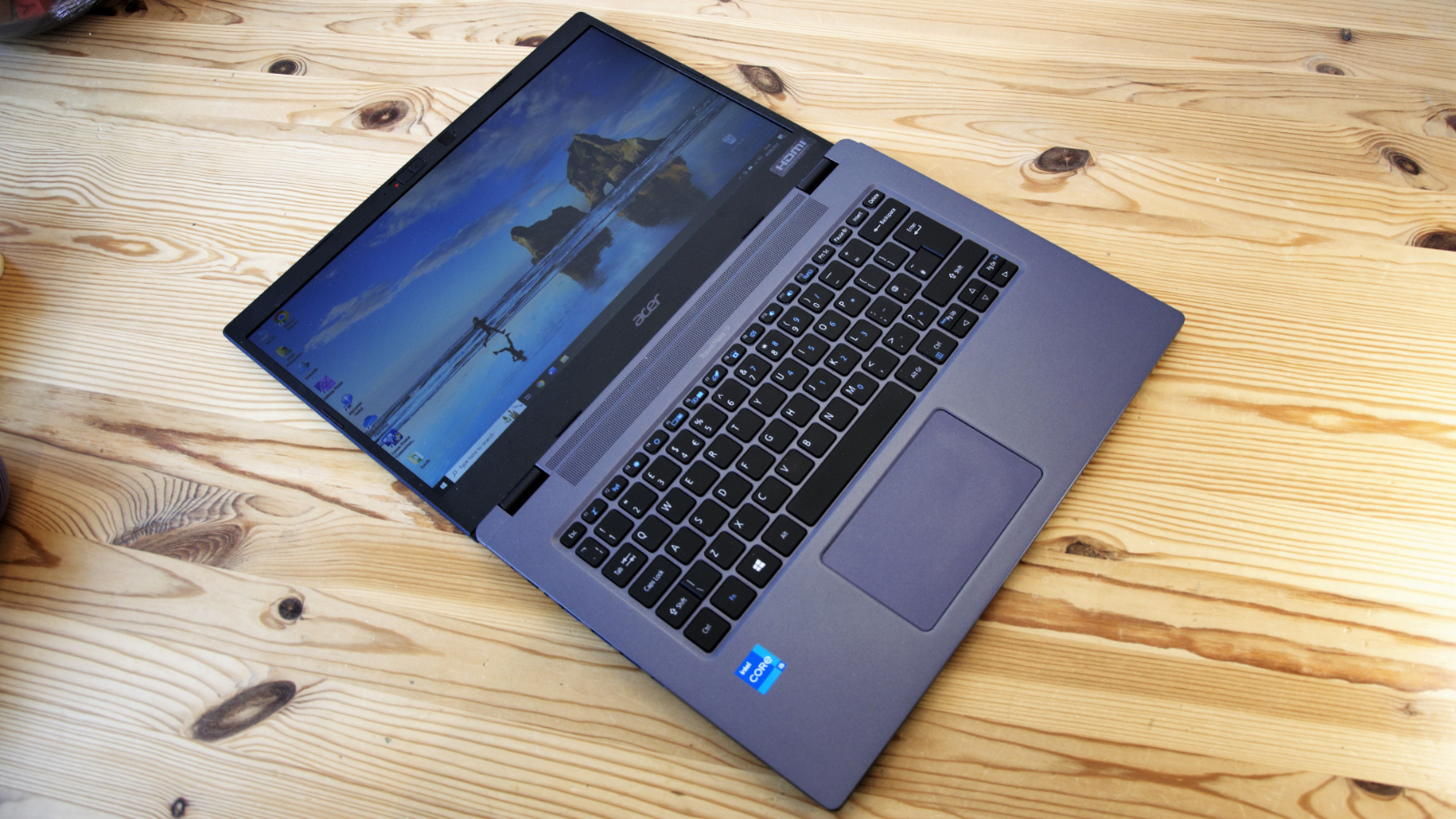
Specifications
Reasons to buy
Reasons to avoid
The Acer TravelMate P4 is a general-purpose machine but lends itself well to running accounting software, as it has a powerful CPU and enough RAM for most financial programs. While we're talking RAM the base model comes with 8GB of DDR4, which whilst not blazingly fast will be enough for the more popular accounting applications.
The model we reviewed has a 14in display, but there is a 16in version also available. The full HD 16:9 resolution meets the minimum requirements of most accounting platforms. While not spectacular, it also feeds into the TravelMate's base model's very reasonable price. The 256 GB SSD may be suitable for small businesses but if you need to process large amounts of financial data, you may prefer to upgrade to the 512 GB model for an additional cost.
The TravelMate also lives up to its name in that it's extremely light, weighing in at under 1.5 kilos. This makes it extremely easy to carry around if you prefer to crunch numbers on the go. During our tests we found the battery life to be around 10 hours and it also charged up very quickly, recovering around half the battery in 30 minutes.
You may want to do this as the bundled 256GB Sk Hynix BC501 SSD has a firmware issue that is well documented, where write speed drops to HDD speeds in certain circumstances such as handling large files.
This may not be an issue if you're using a cloud-based accounting platform, whose performance will be determined more by the excellent CPU and available RAM. It's also fairly easy to apply a firmware update to make the drive perform more reliably.
During our reviews we also discovered that the TravelMate is very easy to upgrade - it's relatively simple to pop the hood and memory isn't soldered in. This means it'd be fairly simple to install a super-fast SSD with a higher capacity if you prefer. The laptop's low cost means you could probably do this for less than the cost of buying a brand new laptop.
During our tests, the only real downside we found to this model was there was a large amount of bloatware preinstalled on the laptop, so it may need to be cleaned up before you install any accounting programs.
Read our full Acer TravelMate P4 review.
Best laptop for accounting: FAQs
Will my laptop work with my favorite accounting software?
If you want to be sure that your chosen accounting app will work with your laptop, make sure to check the developer's support pages for system requirements. Even if you're using a cloud-based solution make sure your device can run a compatible browser.
Do I need a dedicated graphics card for accounting work?
In most cases, the short answer is no unless you also want to use your laptop for other tasks like video editing or gaming. This isn't to say a graphics card can't be useful for pulling up infographics and colorful financial models quickly but it certainly isn't necessary for day to day accounting.
What if my chosen laptop doesn't have a number pad?
In the interests of saving space many laptop keyboards don't have a dedicated number pad. Make sure to check with the retailer before buying if this is a dealbreaker for you. If you like everything else about the laptop, you can buy an external USB number pad.
Alternatively, consider investing in the best office keyboards, such as the Logitech Signature K650, which has its own number pad.
Can I connect my accounting laptop to dual monitors for better productivity?
Yes. Most laptops support external monitor connections via HDMI or USB-C ports. So, if you're using any of the best business monitors, you can easily create a dual-screen workspace. If you're planning to hook up any of the best monitors for a dual set-up, make sure to check which ports are built-in and supported.
How to choose the best laptop for accounting
Accountants must have access to reliable computers so they can do their jobs quickly and efficiently. When choosing a laptop for accounting, there are several factors to consider in order to enhance productivity, accuracy, and data security.
Here is what you should look for in the perfect laptop for accounting professionals:
Processing power and performance
Accounting tasks involve working with complex spreadsheets, running accounting software, and performing calculations. Look for a laptop with a powerful processor, preferably an Intel Core i5 or i7 or AMD Ryzen processor. to ensure efficient performance. Multiple cores and higher clock speeds improve data processing and multitasking capabilities, allowing you to work seamlessly with large datasets and complex financial models.
RAM
Accounting software and spreadsheet applications can consume a lot of memory, especially when working with large datasets or performing data analysis. A laptop with a minimum of 8GB of RAM is required to run multiple applications at the same time, which accountants usually do, but if you frequently work with large datasets or run resource-intensive applications, 16GB or more is strongly recommended for optimal performance.
Keyboard and input devices
One of the essential features you should look for in the laptop for accounting is an integrated numeric keypad, which is the fastest way to enter information, in many cases, numerical data. Laptops without integrated numeric keypads require you to buy one that can connect via a port or Bluetooth connection. Remember that the laptop must have a screen size of at least 15.6 inches to include this feature. Laptops smaller than 15.6 inches won't have a numeric keypad but should have the functionality to support an external numeric keypad, which will, on the other hand, affect the portability.
Storage capacity
Although storage capacity is not an essential feature, as tables don't take up much space, consider investing in a Solid State Drive. Then, when you open applications, they will load a few times faster. Also, you can quickly find data or a line of code in a large Excel file or database. The battery will serve longer, and the laptop will be lighter.
Security features
There is no need to emphasize how data security is critical in accounting. Look for laptops with built-in security features such as fingerprint readers or facial recognition technology to protect sensitive information. Additionally, consider laptops with hardware-based encryption and Trusted Platform Module (TPM) support to ensure data integrity and prevent unauthorized access.
Data backup and recovery
Protecting your financial data is crucial in accounting. Even if you're using the best backup software, look for laptops that offer automated backup solutions, or consider using any of the best cloud backup services to ensure regular and secure backups of your accounting files. Additionally, familiarize yourself with the laptop's recovery options in case of system failure or data loss. A reliable backup and recovery strategy provides peace of mind and safeguards your valuable financial information.
In addition, access to reliable customer support and warranty coverage is essential in case of hardware issues or technical difficulties. Choose a laptop from a reputable brand offering a comprehensive warranty package and responsive customer service to minimize any disruptions to your accounting work.
Get in touch
- Want to find out about commercial or marketing opportunities? Click here
- Out of date info, errors, complaints or broken links? Give us a nudge
- Got a suggestion for a product or service provider? Message us directly
- You've reached the end of the page. Jump back up to the top ^
Are you a pro? Subscribe to our newsletter
Sign up to the TechRadar Pro newsletter to get all the top news, opinion, features and guidance your business needs to succeed!
Nate Drake is a tech journalist specializing in cybersecurity and retro tech. He broke out from his cubicle at Apple 6 years ago and now spends his days sipping Earl Grey tea & writing elegant copy.